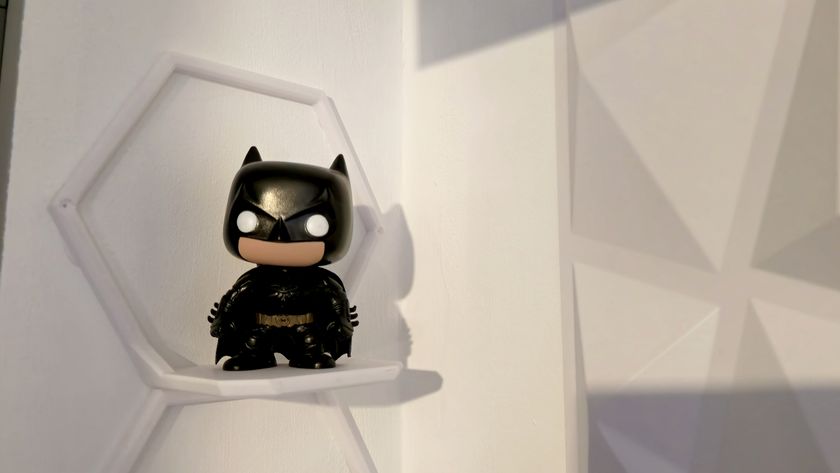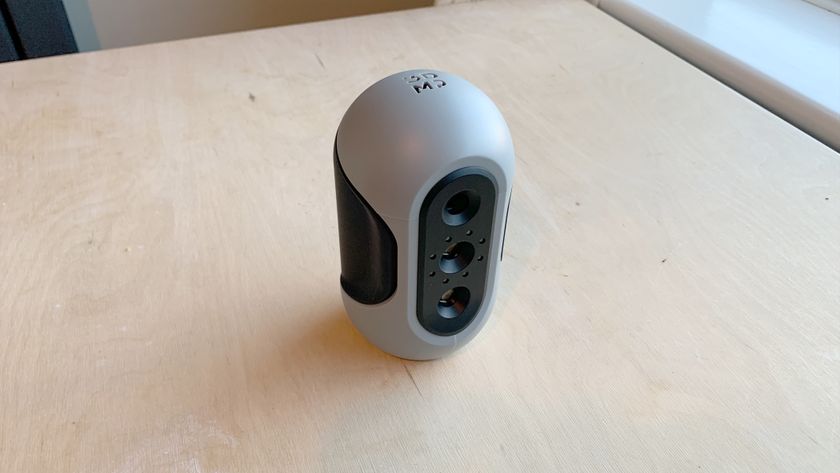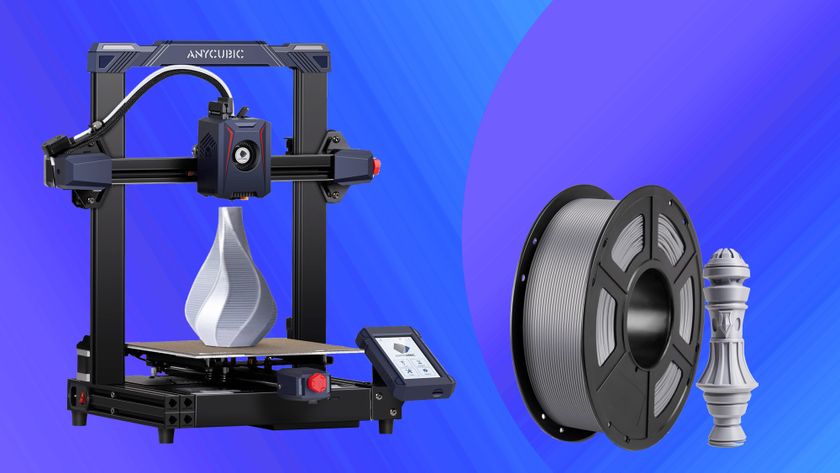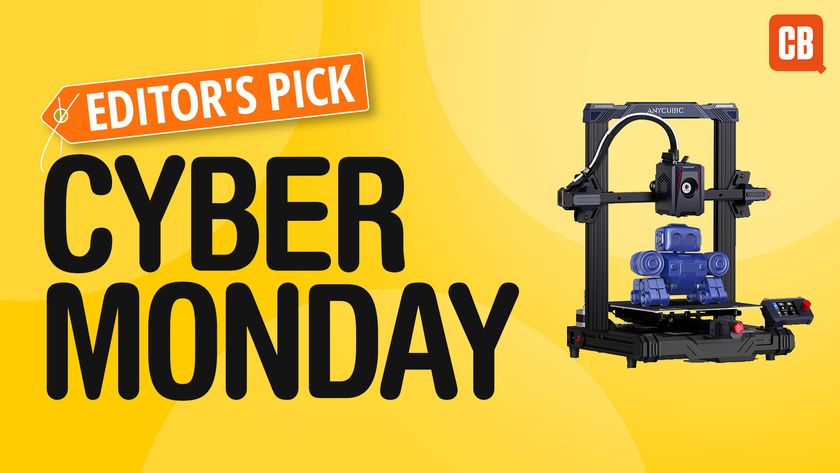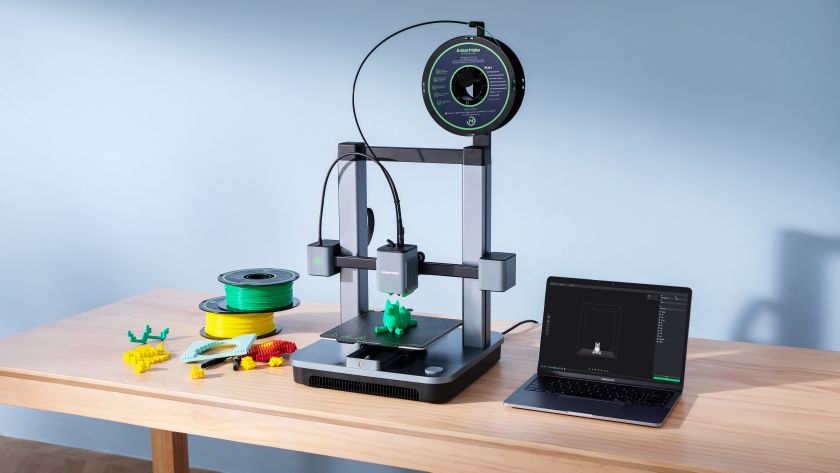5 tips for getting started with 3D printing
Steve Fox explains how 3D printing has enabled him to create a collection of petite, yet perfectly formed architectural treasures.
Imagine fitting a block of New York skyscrapers in the palm of your hand. Steve Fox did and, rather than just leaving the idea there, set about making his lilliputian vision a tiny, yet perfectly proportioned reality.
And so Ittyblox was born – a 3D printing project where he makes petite pieces of architecture. Some buildings are fictitious and some are based on real landmarks.
"The buildings I create are 1/1000 scale and can be printed in full colour," Steve explains. "The models I make for Ittyblox are all bound to certain rules: scale, dimensions and minimal thickness for printing."
The individual pieces need to be standardised because they are designed to be and fitted – Lego-like – into a baseplate. This means fans can collect individual buildings and construct their own cityscapes, boulevards and broadwalks.
Steve's fascination with 3D started when he was young. "I've been using 3D software since I was a kid," he says. That early introduction, he believes, gave him a distinct advantage as he grew up and his career took off.
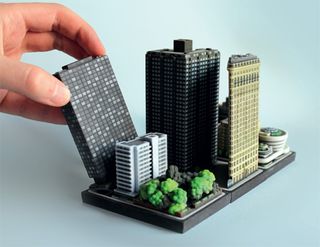
He developed his skills through school and when he later studied architecture found he’d given himself a real head start when using visualisation software.
Describing the moment he realised the possibilities of 3D printing he says: "When I saw a documentary on 3D printing and found that models could be made within the same software I used, I was hooked."
Steve is clearly enchanted by 3D printing. The ability to send a digital model across the world and have it physically delivered is to him somewhat brilliant. "Try that with a painting or a sculpture," he laughs.
However, 3D printing isn't the perfect medium. Rather, Steve says, it presents new and unique challenges. Looking specifically at Ittyblox, Steve says he's had to learn about and refine his appreciation of scale.
If you haven't tried 3D printing yet, Steve shares his advice to set you on the right track.
01. Give it a try
When you haven't had much experience in 3D printing, you can expect too much of it in terms of detail and material. Have a few attempts before spending too much time on things that look great on a screen but not in real life.
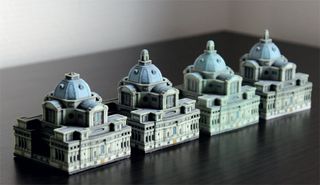
Also, try to print the same model twice to see what differences occur because of the print process and not the design.
02. Don't buy a 3D printer yet
Sounds strange for a 3D printing artist I know, but it limits you to a device. Leave the investments in these expensive pieces of hardware to the 3D printing services.
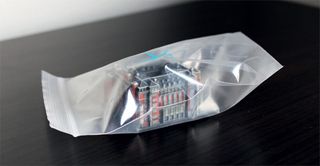
Also, you don't want to invest in a printer and find yourself committed to your investment and the limitations that come with it for the coming years.
03. Hack the constraints
Every 3D printer has its limits, either in finishing, material or minimum thickness. The trick is not to let these contraints have a visible impact on your designs.
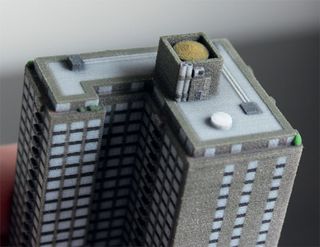
In the image above you see a thin wall around a watertower, though it is actually a cube with a small top sticking out. By making the top black, it looks like a thinner wall than it is.
04. Hollow when possible
Since filament can be expensive it's wise to spend some time hollowing your final model. When you already know exactly what shape you are making you can also choose to build it hollow instead of hollowing the final model.
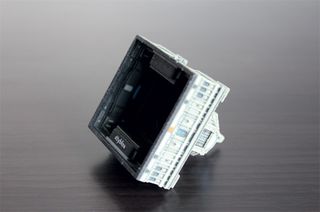
Substraction operations can lead to errors that may not be visible on screen but make the model unprintable, these include things like open edges.
05. Balance
Decide beforehand if you want your model to be freestanding or not. When you don't want your model to have a supporting base, you need to change the pose of that athelete before you start detailing it.
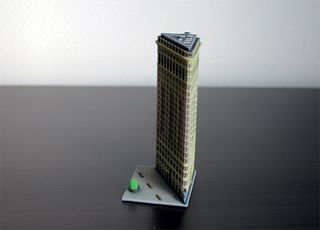
Many 3D packages have a calculation option that shows you where your model's centre of mass is.
Words: Steve Fox
With a masters in architecture Steve combines his passions for buildings and 3D modelling at Ittyblox. This article was originally published in 3D World issue 196.
Liked this? Read these!

Thank you for reading 5 articles this month* Join now for unlimited access
Enjoy your first month for just £1 / $1 / €1
*Read 5 free articles per month without a subscription

Join now for unlimited access
Try first month for just £1 / $1 / €1
Get the Creative Bloq Newsletter
Daily design news, reviews, how-tos and more, as picked by the editors.
The Creative Bloq team is made up of a group of design fans, and has changed and evolved since Creative Bloq began back in 2012. The current website team consists of eight full-time members of staff: Editor Georgia Coggan, Deputy Editor Rosie Hilder, Ecommerce Editor Beren Neale, Senior News Editor Daniel Piper, Editor, Digital Art and 3D Ian Dean, Tech Reviews Editor Erlingur Einarsson and Ecommerce Writer Beth Nicholls and Staff Writer Natalie Fear, as well as a roster of freelancers from around the world. The 3D World and ImagineFX magazine teams also pitch in, ensuring that content from 3D World and ImagineFX is represented on Creative Bloq.
